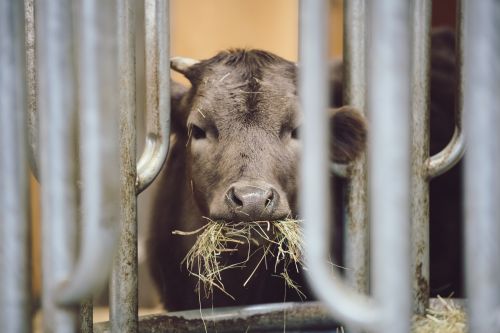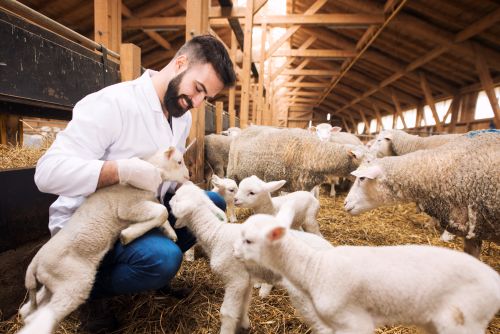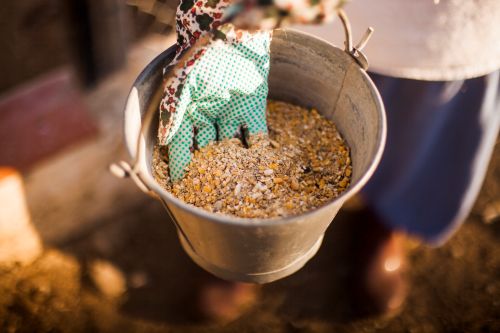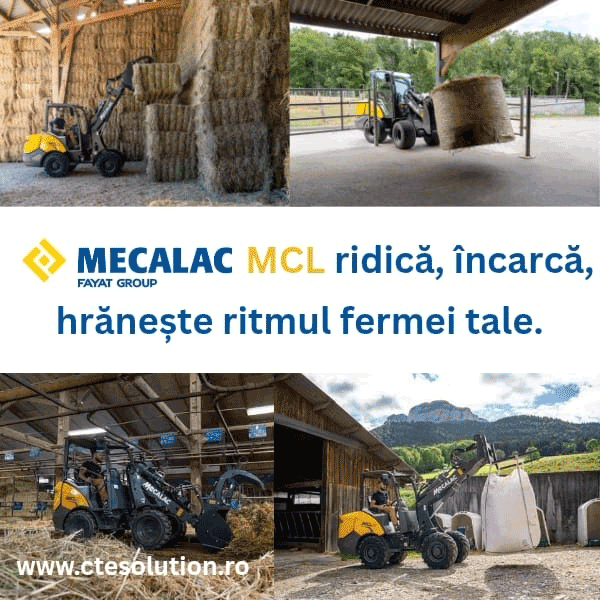260
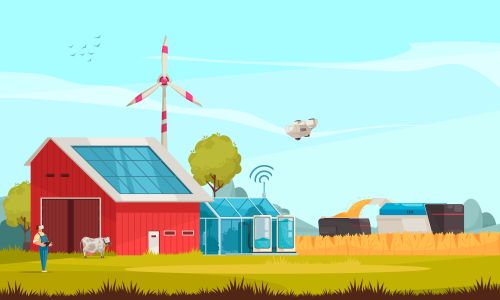
Rising energy prices have accelerated investments in renewable sources at the farm level.
According to AFIR data (2024), farms that have installed photovoltaic panels of up to 200 kW have reduced their energy costs by 25–35%, with the investment payback period estimated between 5 and 8 years.
At the same time, Eurostat ranks Romania among the EU countries with the highest agricultural solar potential, with an average of 1,500–1,700 hours of useful irradiation per year. However, this natural advantage remains only partially exploited: according to MADR, only 12% of farms have installed renewable energy systems.
The new European funding policy provides subsidies of up to 65% of eligible costs, including for hybrid systems (photovoltaic + biogas). The benefits extend beyond lower utility bills: farms that become prosumers can sell their surplus energy, ensuring stable and predictable income streams.
The main challenge remains access to capital and technical consultancy. Many small farmers lack the administrative capacity to manage a full-scale energy project. Therefore, the success of the transition toward renewable energy depends on local partnerships — cooperatives, authorities, and energy advisers — that can turn these projects into genuine solutions for economic independence.
(Photo: Freepik)
